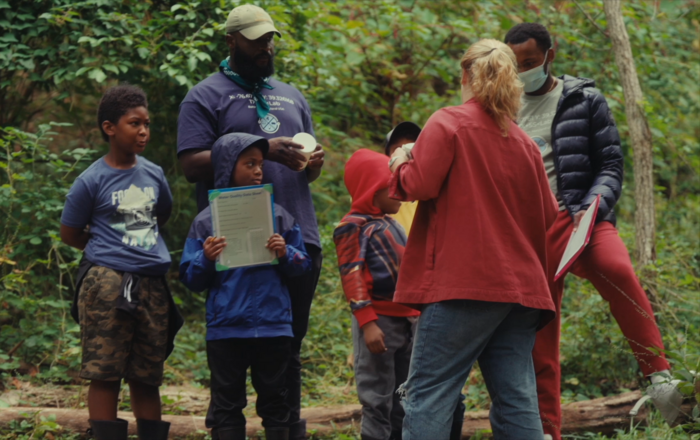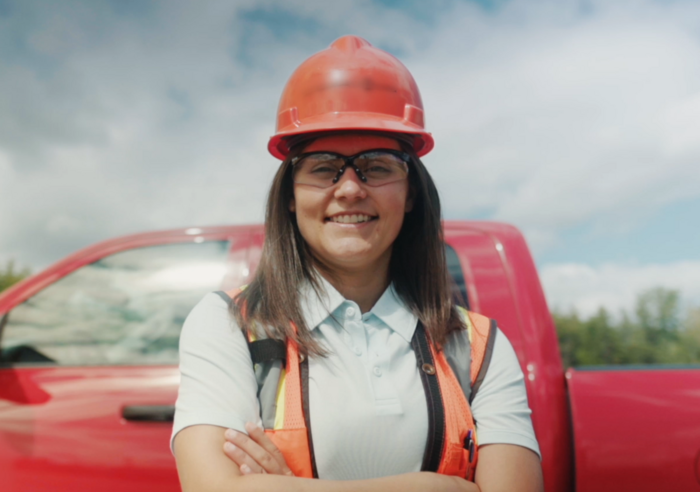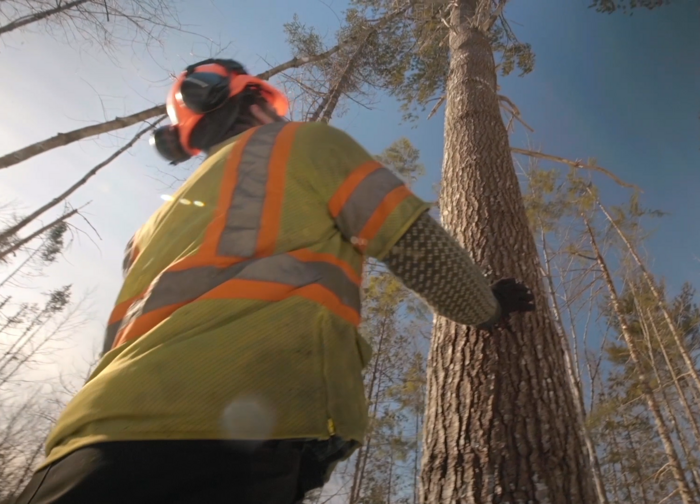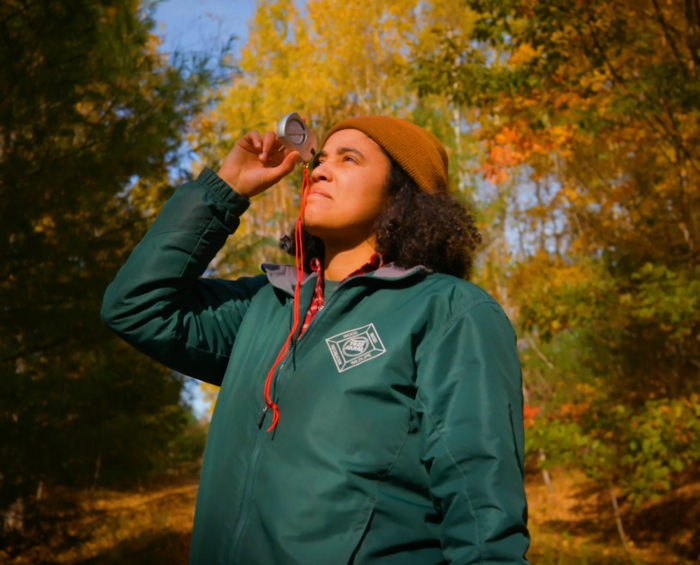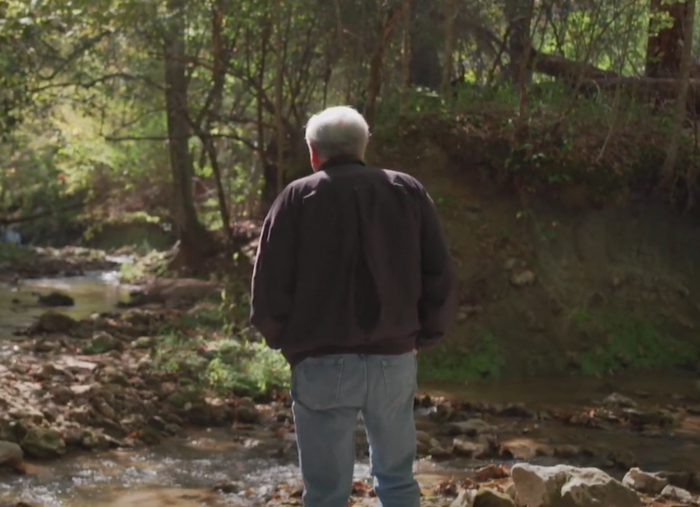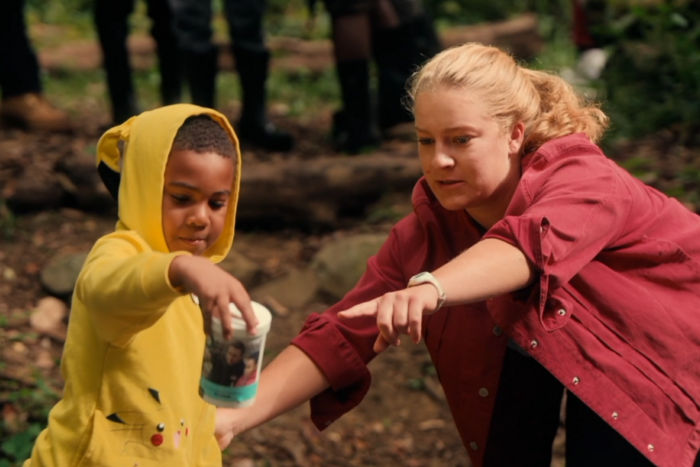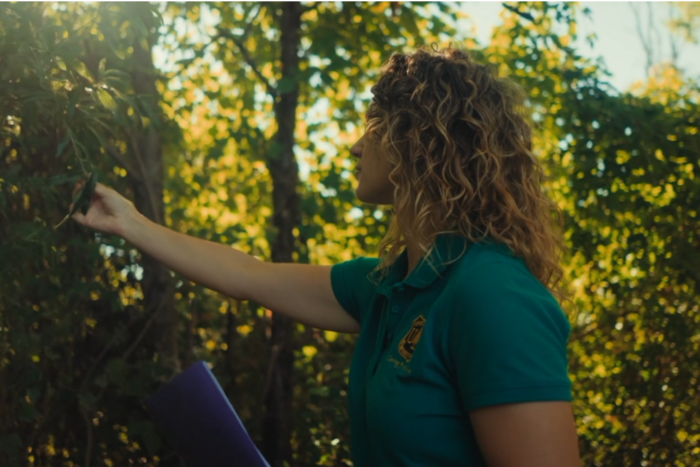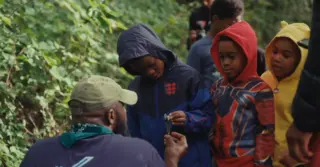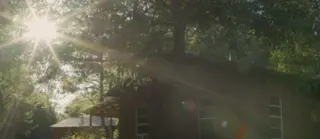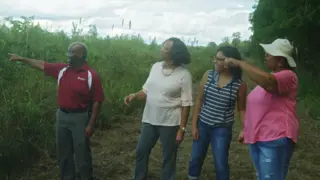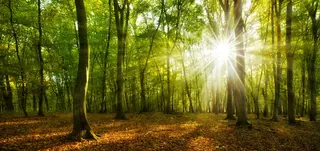
Ever wondered who cultivates, maintains and protects our forests? It’s the people who own the land where they grow—and the forestry experts with whom they work like the U.S. Forest Service, state forestry agencies, private foresters and even paper companies.
Our mini-documentary series, “Faces of the Forest” explores how private landowners, who own the majority of U.S. forestland, manage the care for their forests with help from others. It’s not enough to say that these families and individuals “own” the forests.
It’s more accurate to say that they are stewards. Protectors. Nurturers. Because it’s up to them to safeguard some of our most precious natural resources, including clean water, strong soil, robust wildlife habitat and a reliable storehouse for massive amounts of carbon sequestration. But they don’t do it alone.
You might not realize it, but planting trees is in the proverbial DNA of forestry products companies. It’s vital to the paper and paper packaging industry, and central to the lives of just about everyone who works up and down our value chain.
The industry is also a source of income for the landowners, giving them resources to keep their lands as forests and not sell them for development or agricultural uses, and helping them manage and keep their forests healthy, replacing the trees used through regeneration and planting.
The landowners spend years carefully cultivating and stewarding the forest, harvesting only what is needed. These forests supply about 90% of the wood in the U.S. that makes paper and wood products. A vibrant paper industry enables these landowners to responsibly manage their forestland.
They are among the “tree people” highlighted in the “Faces of the Forest” series. We’ve met them in Alabama, Arkansas, Maine, Maryland, Michigan, New York, North Carolina, Oregon and Virginia—almost every major wood basket in the country. We’ve met tree people who started out as soybean farmers, cattle ranchers, guidance counselors and cops.
We’ve also met tree people who work for our member companies and tree people who work for nonprofits, town councils and federal agencies. We’ve met tree people of different genders, races and creeds. Tree people of all ages, even teens. For some, it’s a full-time job. For others, it’s a hobby. And for other tree people, it’s a legacy, an inheritance that spans two, three, even seven generations.
The one thing they all have in common is that they are in the business of taking care of forests. They work with scientists, conservationists and the government to make long-term plans that contemplate the next 100 years of soil, water and biodiversity on their land.
They attend meetings and gatherings of other foresters to learn about the latest methods, standards and practices for getting the most out of our resources while disturbing nature the least.
And they grow trees. Plant them. Raise them up from saplings. Tend the land around them so they have access to all the nutrients and sunlight they need to grow big and tall and straight. And so the next generation grows as well. And the next. And the next.

